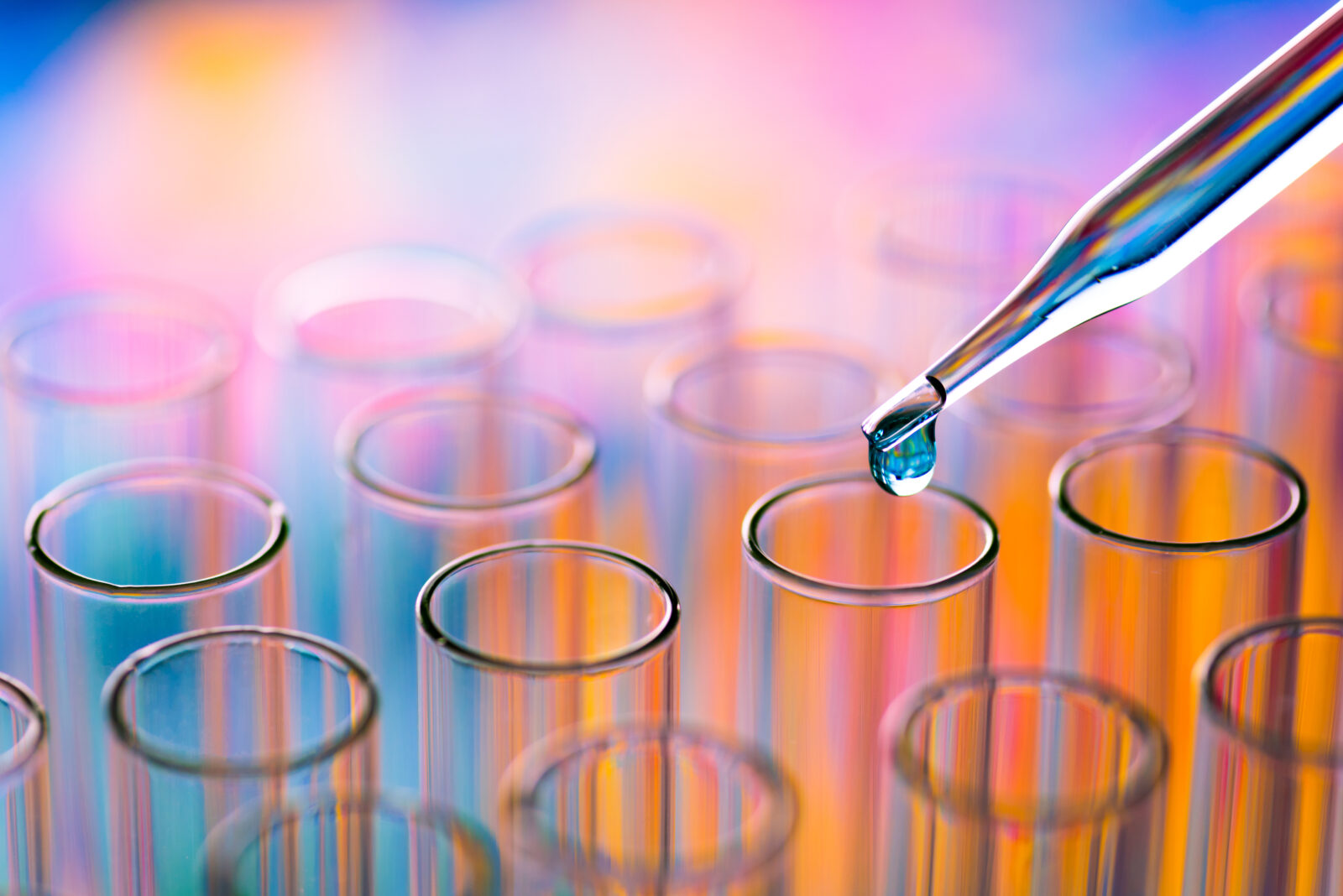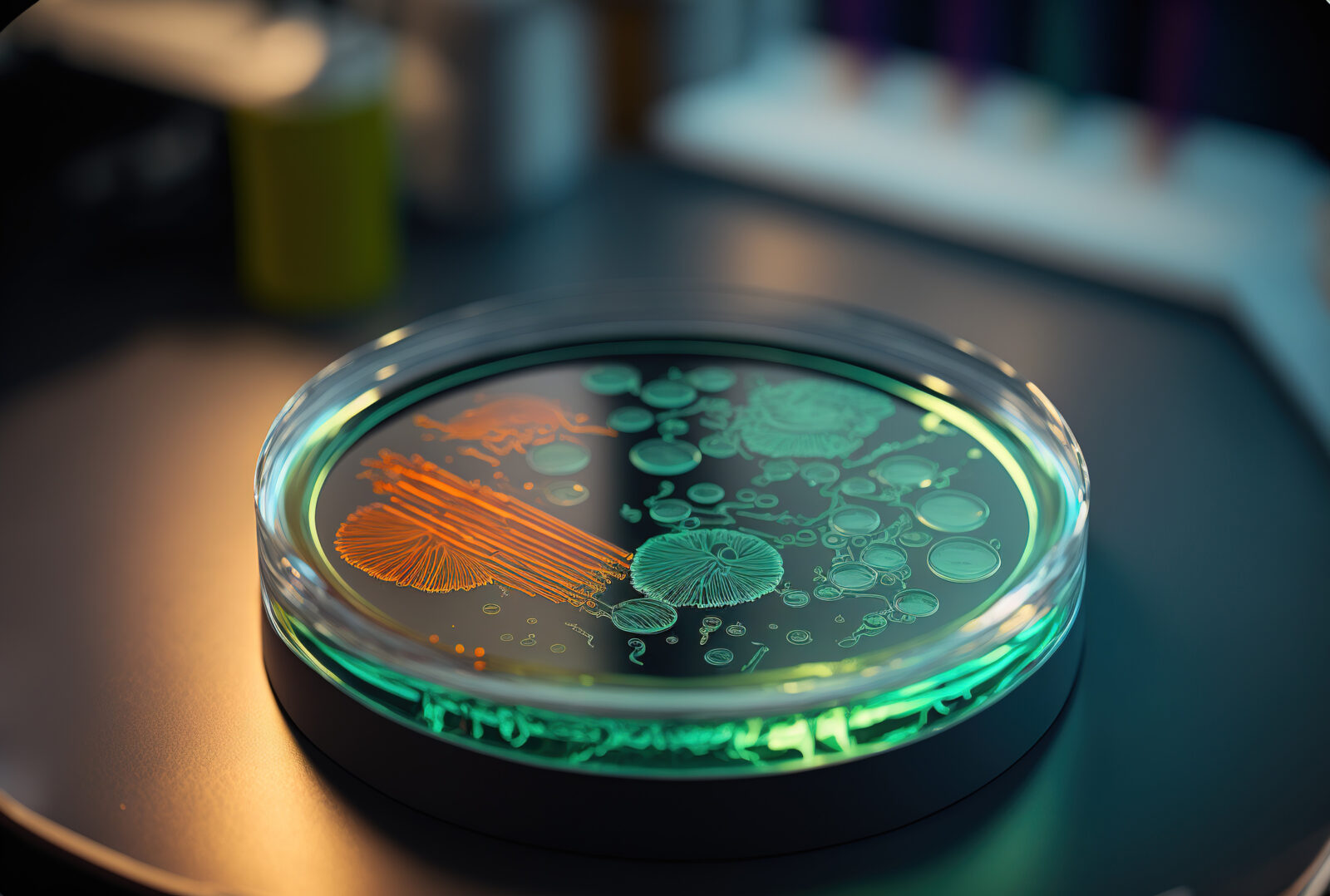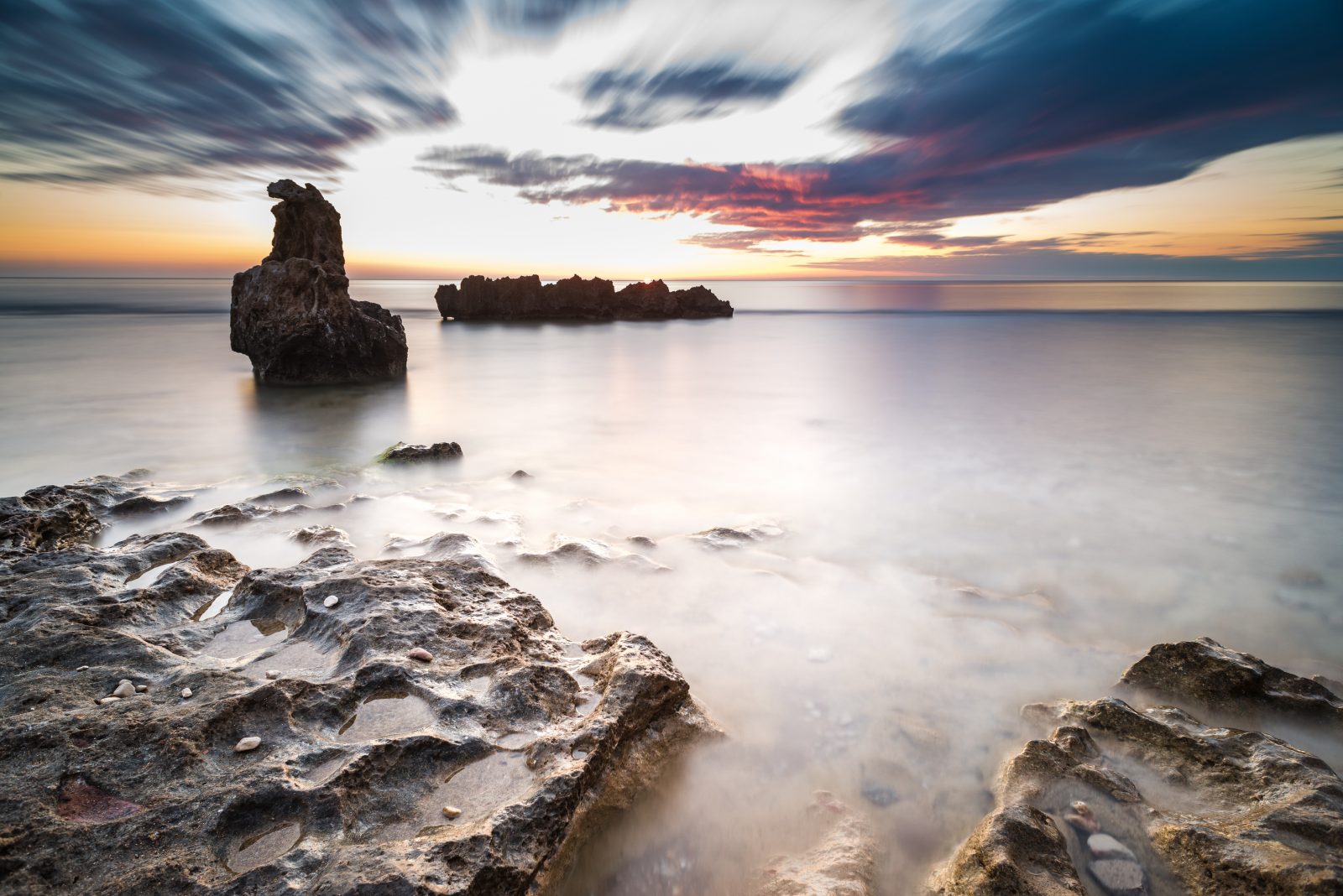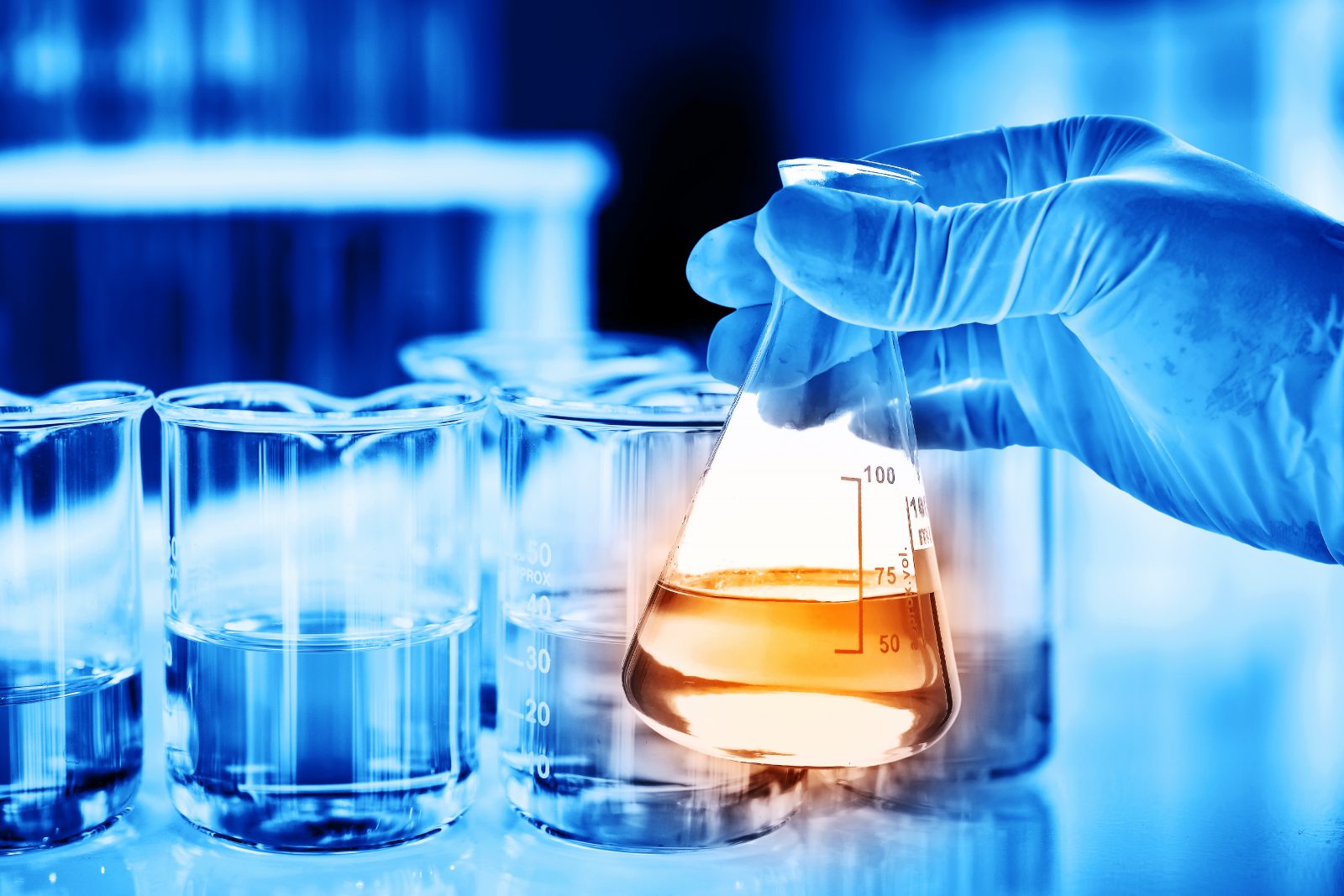


Smoke & Mirrors: Tour and Meyer Assess Origin of Life Experiments

Extravagant Claims: James Tour & Stephen Meyer Critique Origin of Life Research

James Tour and Stephen Meyer Bring Clarity to Origin of Life Debate

More on James Tour’s Abiogenesis YouTube Series
On today’s ID the Future, physicist Brian Miller continues his review of James Tour’s origin-of-life YouTube series. As Miller explains, Tour, a world-renowned synthetic organic chemist and professor at Rice University, was inspired to create the series when YouTuber and evolutionist Dave Farina critiqued Tour’s critique of contemporary origin-of-life claims. In reviewing Tour’s video series, Miller and host Eric Anderson praise the Tour series and discuss the Levinthal paradox of the interactome, the ridiculously long odds of blind processes assembling the first living cell, and the challenge of cell death (think Humpty Dumpty and what all the king’s men couldn’t do). Also discussed: entropy, molecular machines, the challenges that Brownian motion and homochirality pose, the presence of intelligent design in attempts by origin-of-life researchers to assemble cellular building blocks, and a poll showing that the public has been misled into believing that researchers have created simple life, and even frogs, in the lab.

Brian Miller Distills the YouTube Debate between Dave Farina and James Tour
On today’s ID the Future, host Eric Anderson and physicist Brian Miller, research director for Discovery Institute’s Center for Science and Culture, discuss a recent debate between YouTube science educator Dave Farina and Rice University synthetic organic chemist James Tour. Tour has argued that no one—not even the most elite of origin-of-life scientists–has a clue how life could have arisen through blind natural forces on the early earth. Farina created a YouTube response on his channel arguing that Tour is wrong and that origin-of-life researchers are well on their way to solving the mystery of life’s origin. Tour then responded in his own YouTube video series. Now Miller and Anderson boil it all down and argue that Tour is right and Farina wrong on multiple levels.

James Tour: Primordial Soup Bluffing Goes Right to the Top
Today’s ID the Future features another installment in James Tour’s hard-hitting and evidence-based YouTube series on abiogenesis. Here Dr. Tour, a world-leading synthetic organic chemist at Rice University, describes the early Earth primordial soup concept for the origin of first life (OOL) and shows why it’s simplistic, bogus, and doesn’t represent the current science on the issue. He also reviews survey data showing just how misinformed the public is about how far scientists have gotten in creating life in the lab. One critic of Tour protested that the simplistic primordial soup story might be found in highly simplified textbooks for sixth graders but isn’t peddled at higher levels. Tour provides video evidence to the contrary.

A James Tour Course on Abiogenesis: Prologue
Today’s ID the Future features audio of the first in a series of YouTube videos by Dr. James Tour on the origin-of-life problem. Here Tour, a renowned synthetic organic chemist and professor at Rice University, explains why he is addressing the origin-of-life issue, also known as abiogenesis, and touches on some common misconceptions about the field. He says the organizing impetus for the series is a YouTube video by Dave Farina, “Elucidating the Agenda of James Tour: A Defense of Abiogenesis.” As Farina’s title suggests, he begins his video with an ad hominem attack, seeking to discredit Tour by showing that Tour is a Christian. Tour briefly responds to this line of attack and then moves into matters scientific. There he touches on, among other issues, thermodynamics and the origin-of-life puzzle of low entropy and high energy.